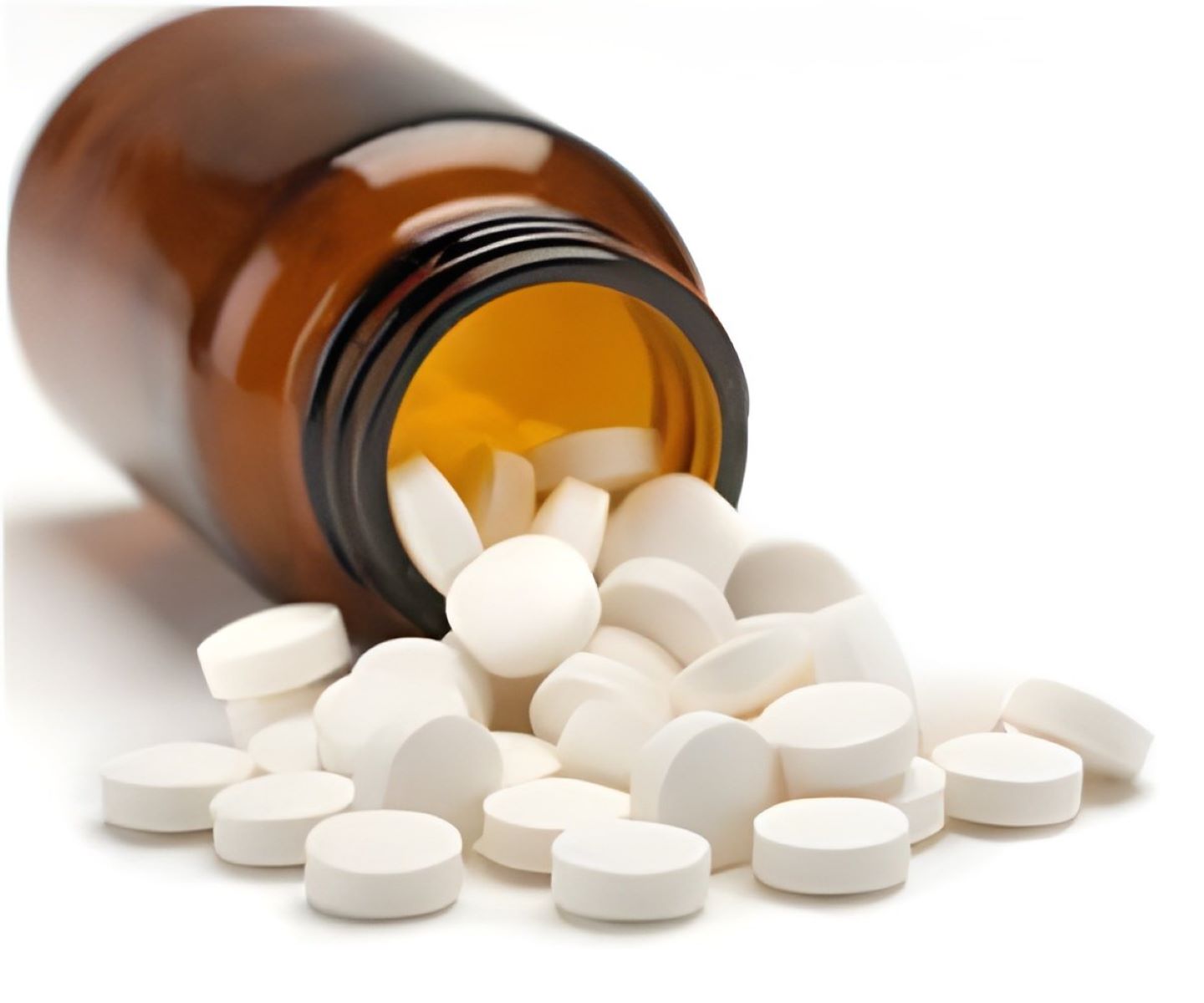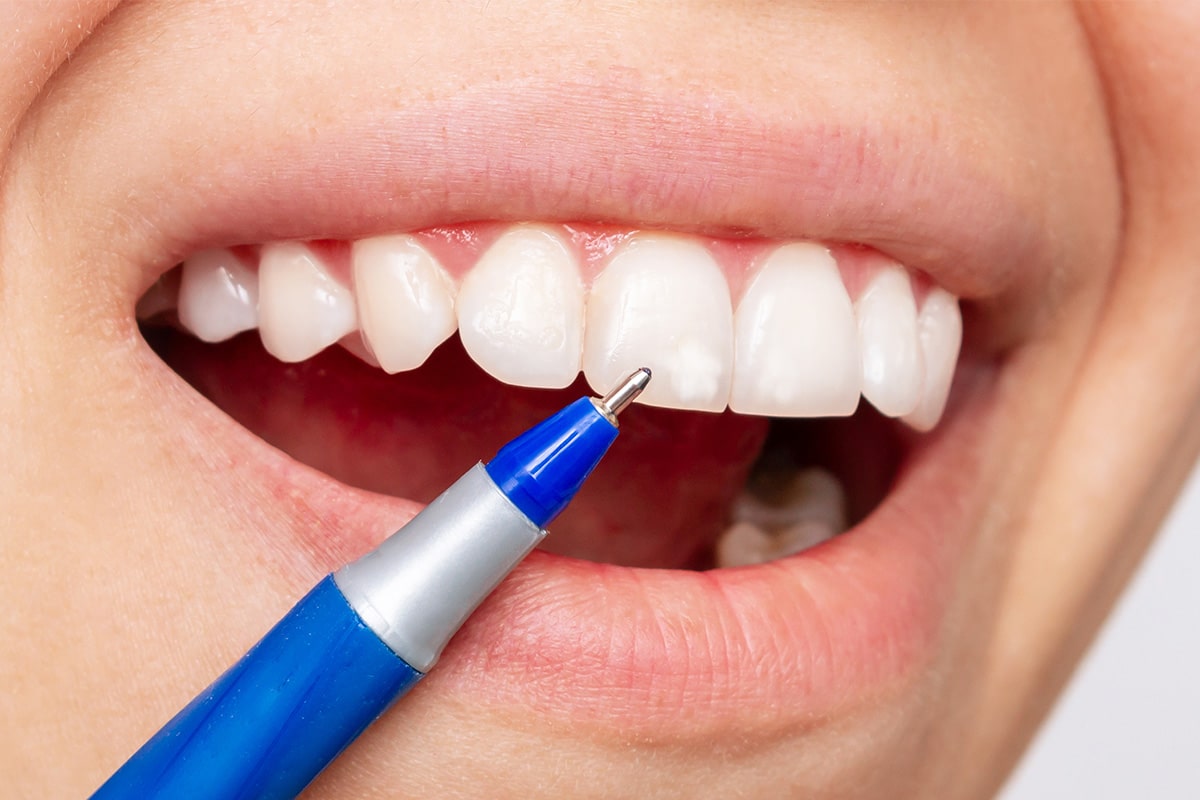
Digoxin toxicity is a serious condition that can occur when the heart medication digoxin builds up to dangerous levels in the body. But what exactly is digoxin toxicity? It happens when there's too much digoxin in the bloodstream, leading to symptoms like nausea, dizziness, confusion, and even life-threatening heart problems. Understanding the signs and causes of this condition is crucial for anyone taking digoxin or caring for someone who does. This blog post will dive into 50 essential facts about digoxin toxicity, helping you recognize the symptoms, understand the risks, and know what steps to take if you suspect an overdose. Get ready to learn everything you need to keep yourself or your loved ones safe.
Key Takeaways:
- Too much digoxin in the body can cause serious symptoms like nausea, confusion, and irregular heartbeats. It's important to monitor digoxin levels and seek prompt treatment if any symptoms occur.
- To prevent digoxin toxicity, it's crucial to get regular blood tests, adjust dosage based on kidney function, and avoid interactions with other medications. Staying hydrated and monitoring potassium levels are also important.
What is Digoxin Toxicity?
Digoxin toxicity occurs when there's too much digoxin in the body. Digoxin, a medication used to treat heart conditions, can become harmful if not monitored properly. Here are some crucial facts about this condition.
- Digoxin is derived from the foxglove plant.
- It helps strengthen heart contractions.
- Used to treat atrial fibrillation and heart failure.
- Toxicity can occur from overdose or chronic use.
- Symptoms can be mild to severe.
Symptoms of Digoxin Toxicity
Recognizing the symptoms early can prevent complications. Here are some common signs to watch for.
- Nausea and vomiting are early indicators.
- Loss of appetite often occurs.
- Confusion and dizziness may develop.
- Visual disturbances like seeing halos around lights.
- Irregular heartbeats are a serious symptom.
Causes of Digoxin Toxicity
Understanding what leads to toxicity can help in prevention. Here are some common causes.
- Overdose from taking too much digoxin.
- Kidney dysfunction can increase risk.
- Interactions with other medications.
- Dehydration can concentrate digoxin levels.
- Low potassium levels can exacerbate toxicity.
Diagnosing Digoxin Toxicity
Accurate diagnosis is key to effective treatment. Here’s how doctors identify the condition.
- Blood tests measure digoxin levels.
- Electrocardiograms (ECGs) detect heart irregularities.
- Symptoms and medical history are reviewed.
- Kidney function tests may be conducted.
- Monitoring electrolyte levels is crucial.
Treatment of Digoxin Toxicity
Once diagnosed, prompt treatment is essential. Here are some common treatment methods.
- Stopping or reducing digoxin dosage.
- Administering activated charcoal in acute cases.
- Digoxin-specific antibody fragments (Digibind) can be used.
- Treating electrolyte imbalances.
- Supportive care for symptoms like nausea.
Preventing Digoxin Toxicity
Prevention is always better than cure. Here are some tips to avoid toxicity.
- Regular blood tests to monitor levels.
- Adjusting dosage based on kidney function.
- Avoiding interactions with certain medications.
- Staying hydrated.
- Monitoring potassium levels.
Risk Factors for Digoxin Toxicity
Certain individuals are more at risk. Here are some factors that increase susceptibility.
- Elderly patients are at higher risk.
- Those with kidney disease.
- Patients with electrolyte imbalances.
- Individuals on multiple medications.
- Those with heart conditions requiring high doses.
Long-term Effects of Digoxin Toxicity
Chronic toxicity can lead to serious health issues. Here are some potential long-term effects.
- Persistent heart arrhythmias.
- Chronic kidney damage.
- Ongoing gastrointestinal issues.
- Long-term cognitive impairment.
- Increased risk of mortality.
Interesting Facts about Digoxin
Beyond toxicity, digoxin has a fascinating history and uses. Here are some intriguing facts.
- Used for over 200 years in medicine.
- Originally derived from the foxglove plant.
- Named after the plant genus Digitalis.
- One of the oldest heart medications still in use.
- Has both positive and negative inotropic effects.
Monitoring Digoxin Levels
Regular monitoring is crucial for safe use. Here’s how levels are kept in check.
- Blood tests should be done regularly.
- Levels are typically measured 6-8 hours after a dose.
- Therapeutic range is narrow, requiring precise dosing.
- Patients should report any side effects immediately.
- Regular check-ups with a healthcare provider are essential.
Final Thoughts on Digoxin Toxicity
Digoxin toxicity is no joke. Knowing the signs and symptoms can save lives. Nausea, vomiting, confusion, and vision changes are just a few red flags. Electrolyte imbalances and kidney function play huge roles in how the body handles digoxin. Regular monitoring and blood tests help keep levels in check. If you or someone you know takes digoxin, stay informed and communicate with healthcare providers. Prevention and early detection are key. Always follow dosage instructions and never hesitate to ask questions. Understanding these facts can make a big difference. Stay safe and stay educated.
Frequently Asked Questions
Was this page helpful?
Our commitment to delivering trustworthy and engaging content is at the heart of what we do. Each fact on our site is contributed by real users like you, bringing a wealth of diverse insights and information. To ensure the highest standards of accuracy and reliability, our dedicated editors meticulously review each submission. This process guarantees that the facts we share are not only fascinating but also credible. Trust in our commitment to quality and authenticity as you explore and learn with us.


